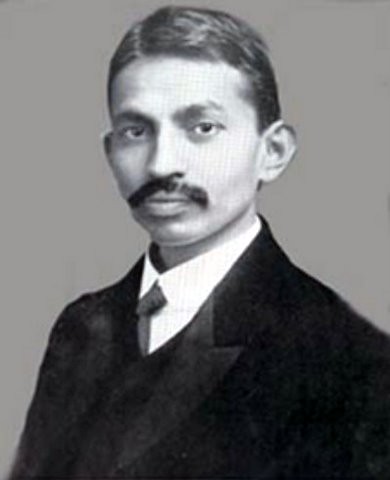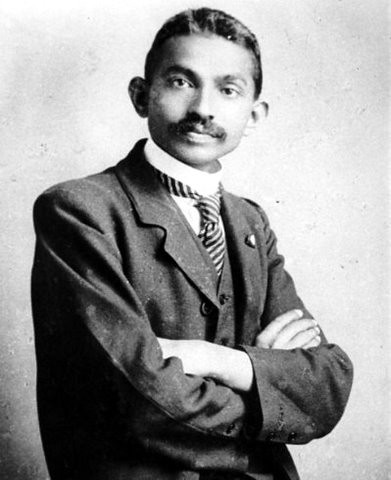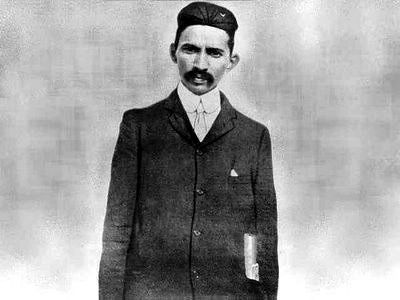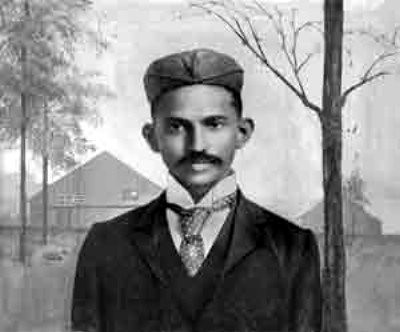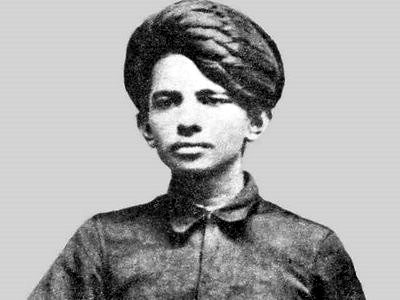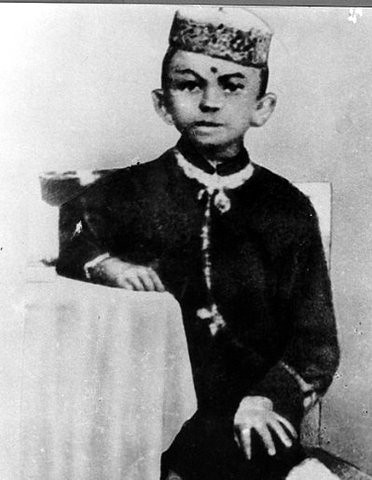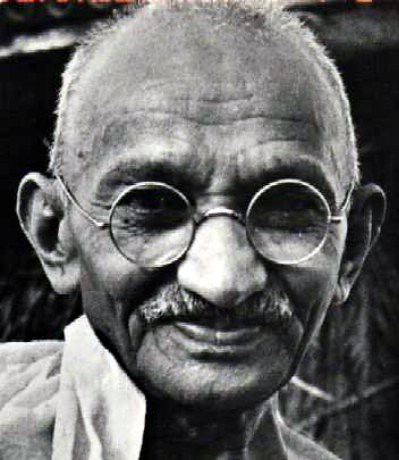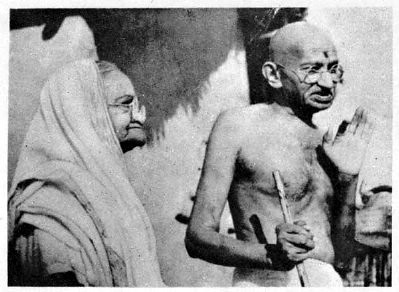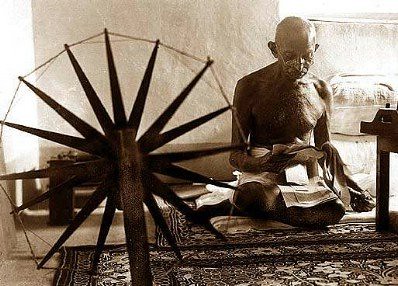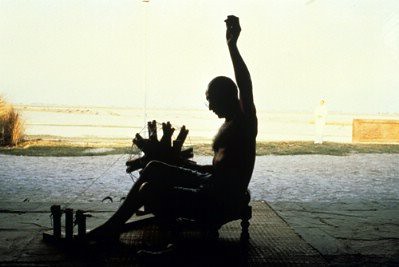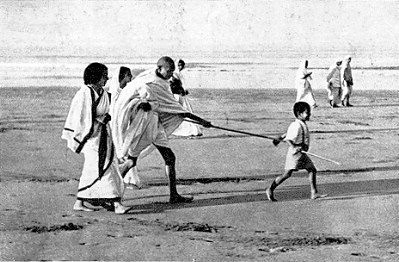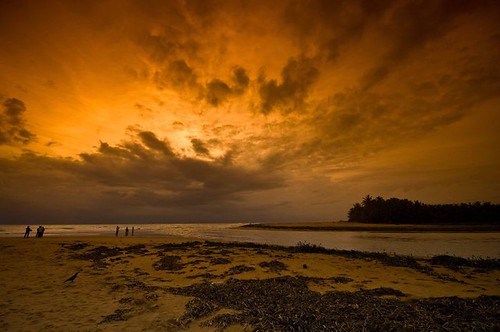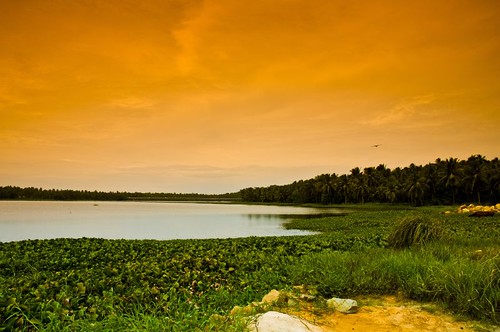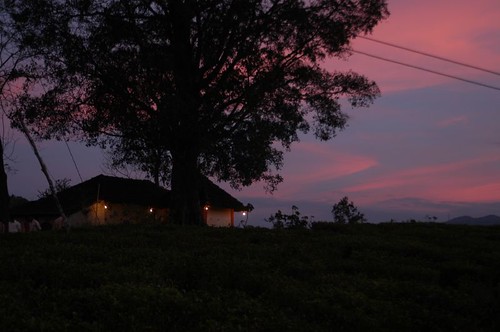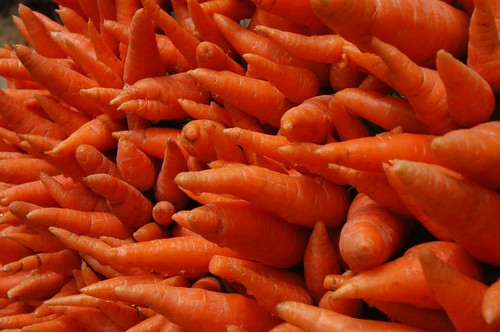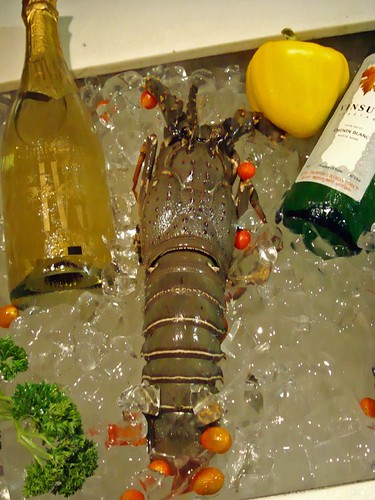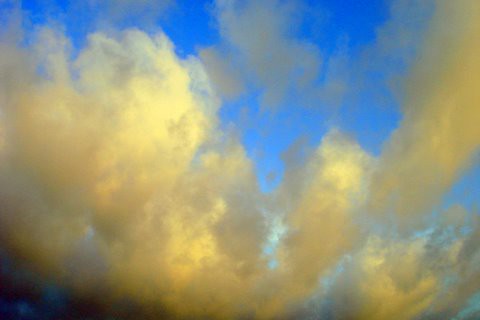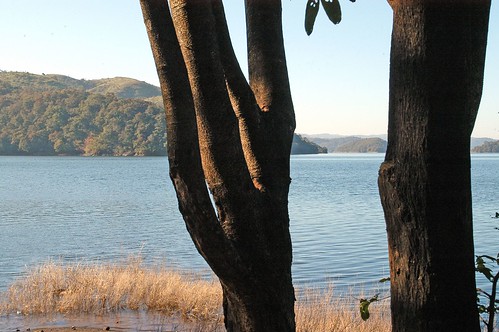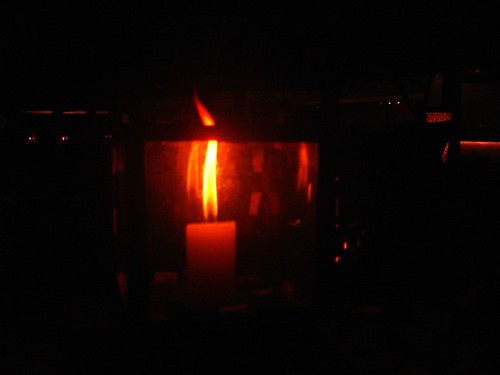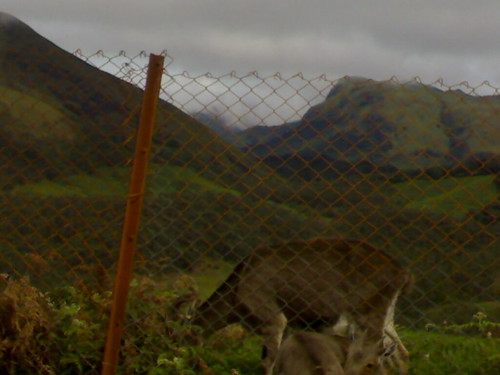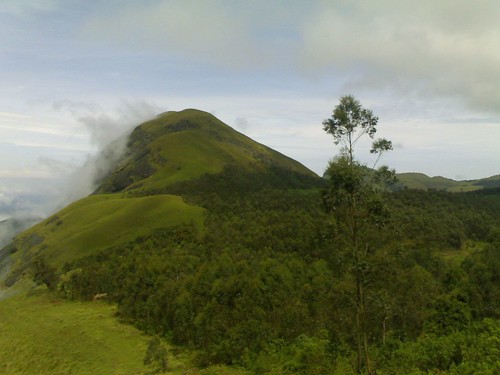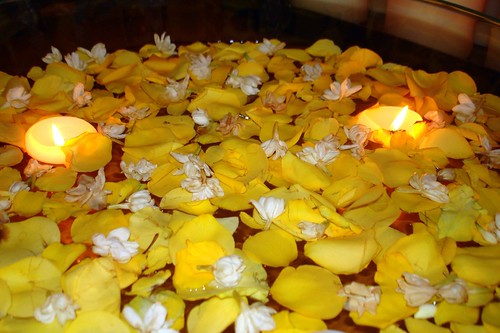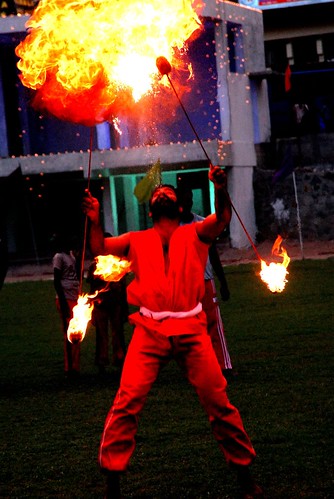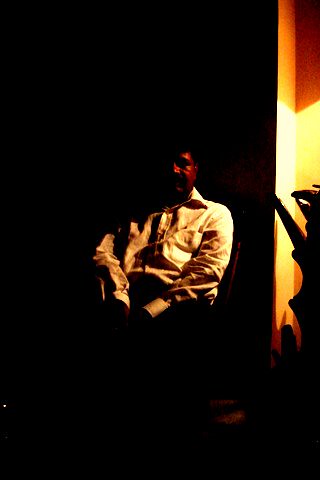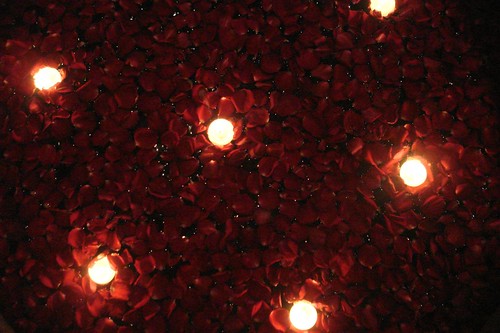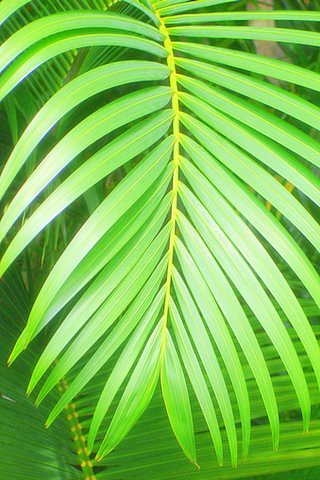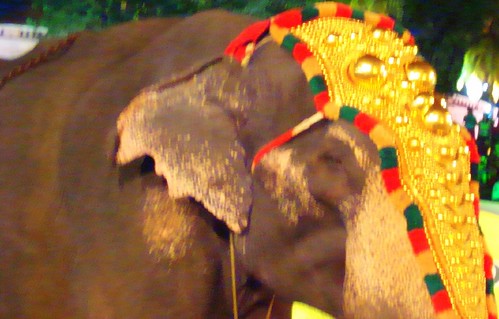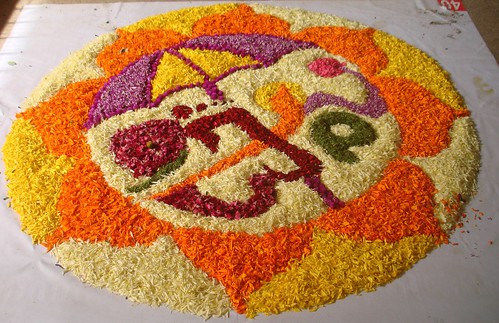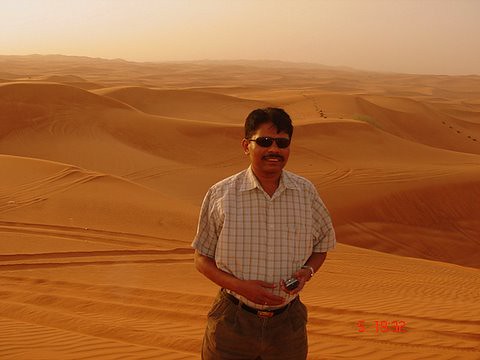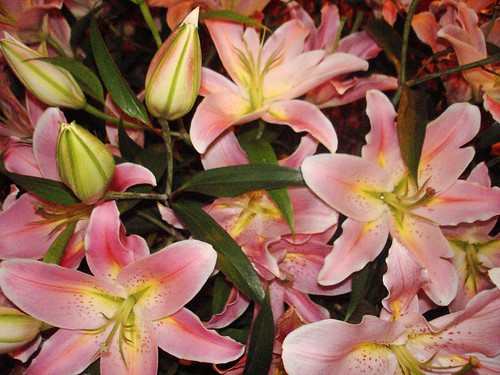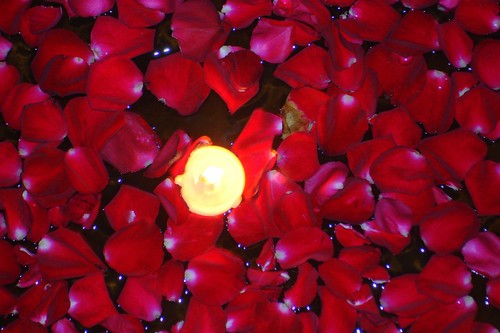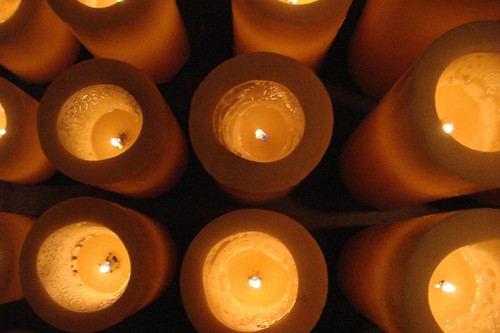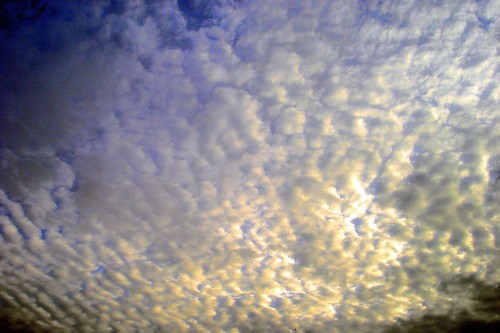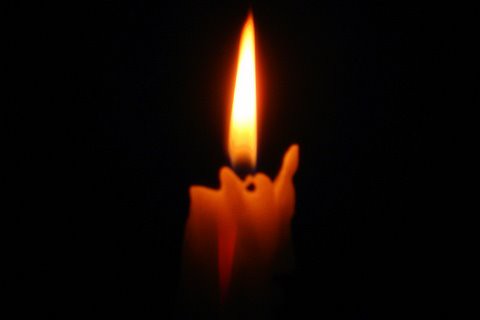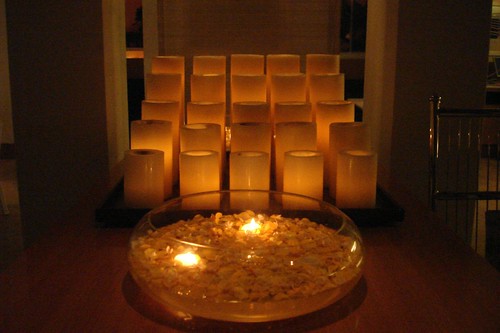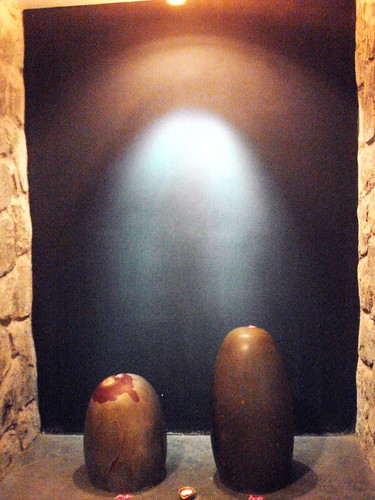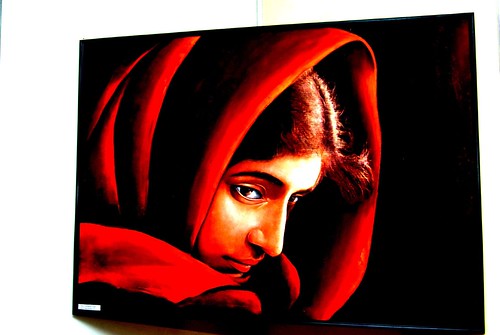Wednesday, November 11, 2009
Neel Thar-ibex-mountaitn goats- wildlife
Neel Thar-ibex-mountaitn goats- wildlife
The Nilgiri Tahrs
- the friends in the ranges
The western Ghats run along the West coast of South India. It comes in many different names at various places along the mountains – the Anamalais, the Sahyadris, the Nilgiris, the High Ranges and the Cardamom hills. Along the Southern parts of these ranges is the abode of the Nilgiri Tahr - Hemitragus hylocrius. In the district of Iddukki, Eravikulam, near Munnar is the home of Nilgiri Tahr(mountain goat). The tahrs that exist in the High Ranges in kerala are a friendly lot. They are quite at ease with tourists who gather to catch a glimpse of them, at times even permitting a friendly pat. The credit goes to Walter Mackay who first befriended the Nilgiri Tahr. Mackley was the general manager at Rajamalai tea estate in the early 1950s. He was a lover of wildlife and a conservator of environment.
When you are ready with your camera to click a super shot of the animal thinking he is unaware, he will turn and pose for you and go back to do its business. And you would have got the friendliest shot of the mountain goat ever.
Tahrs belong to the family Bovidae which also includes other even-toed, horned ungulates such as cattle and antelope. They are considered primitive cousins of true goats (Capra spp.) They possess certain characteristics of primitive goat-antelopes such as a similarity of horn size in both males and females and certain other features that characterise true goats, such as striking coat colour differences between the sexes, and the presence of odoriferous glands.
The Nilgiri tahr was first named Kemas hylocrius by Ogilby (1838). However, in 1845 Gray re-christened the Nilgiri tahr Capra warryato, changing this to Kemas warryato in 1852 (Lydekker, 1913). Warryato is an English rendition of the Tamil term for the Nilgiri tahr. In 1859 Blyth included the Nilgiri tahr in the genus Hemitragus, naming it H. hylocrius (Lydekker, 1913).The current view is that there are three species of tahr, the Himalayan tahr (Henitragus jenlahicus), the Nilgiri tahr (H. hylocrius), and the Arabian tahr- (H. jayakari; Corbett, 1978; Honaki et al„ 1982; Novak and Paradise, 1983) There is some variation in the spelling of the English name for this genus, it appears both as "tahr" and "thar". Both are an Anglicized form of the Nepali term for serow (Capricornis sumatraensis; Green, 1978). This apparent misidentification notwithstanding, "tahr" is the accepted spelling for the Himalayan species, and is the only spelling used in reference to the Nilgiri and Arabian species. However, English speaking South Indians rarely refer to Nilgiri tahr, but rather use the term "ibex" or "Nilgiri ibex". The Tamil name for Nilgiri tahr is "varai ad" or "varai adoo" which translates to "cliff goat". The comparable Malayalam term is "mala adu" (Prater, 1965). Interestingly, Ogilby (1838) based the original name for Nilgiri tahr, (Kemas hylocrius) on the understanding that it's local name was "jungle sheep" (jungle or wood corresponding to the root "hyla" and the Greek "krios" which means ram). However, in the English speaking community in the High Range, "jungle sheep" refers to the barking deer (Muntiacus muntjak), whereas "ibex" is the longstanding name for Nilgiri tahr (Jerdon, 1874; Fletcher, 1911). Due to this misidentification, Gray's (1842) "warryato" is a much more appropriate name, but Ogilby's (1838) remains as the standard one by rules of precedence.
Physical characteristics
Male: A fully grown male Nilgiri tahr stands about 100 cm at the shoulder and weighs about 100 kg (Schaller, 1971). The overall coloring is a deep chocolate brown. This is particularly dark almost black on the front of the fore- and hind legs, the shoulder, the side of the abdomen, side of the face and the front of the muzzle. This contrasts sharply with the white facial stripe which drops from the forehead towards the corners of the mouth just anterior to the eyes, the white carpal patches on the front and outside of the forelegs, and the silvery saddle. The side of the neck where it meets the shoulder is also sometimes lightened as is the flank posterior to the saddle, and an area around the eye. Long black hairs form a mane and mid-dorsal stripe.
The horns (in both sexes) curve uniformly back, and have twist. The outside and inside curves are constant. The tips diverge slightly due to the plane of the horn being divergent from the body axis posteriorly, and tilted slightly so as to converge dorsally. This means that the tips continue to diverge the more the horns grow. The inside surface is nearly flat, and the back and outside are rounded. There is a distinct rib where the inside and front of the horns meet and the horn surface covered with numerous fine crenulations amidst the more slightly more evident annual rings. The horns of males are heavier and longer than those of the females reaching a maximum length of about 40 cm.
Female: Female Nilgiri tahr are shorter and slighter than their male counterparts. In contrast to the striking pelage of the male, the female is almost uniformly gray. The carpal patch is black against this light background. The facial markings are present, but only faintly, and the area around the eye and the cheek below it are brown. The mane and mid-dorsal stripe are also present, but much less conspicuous. The horns are slimmer and shorter, reaching a maximum length of about 26 cm.
Uploaded by Arun Kumar Sinha on 11 Sep 06, 6.06AM PST.
